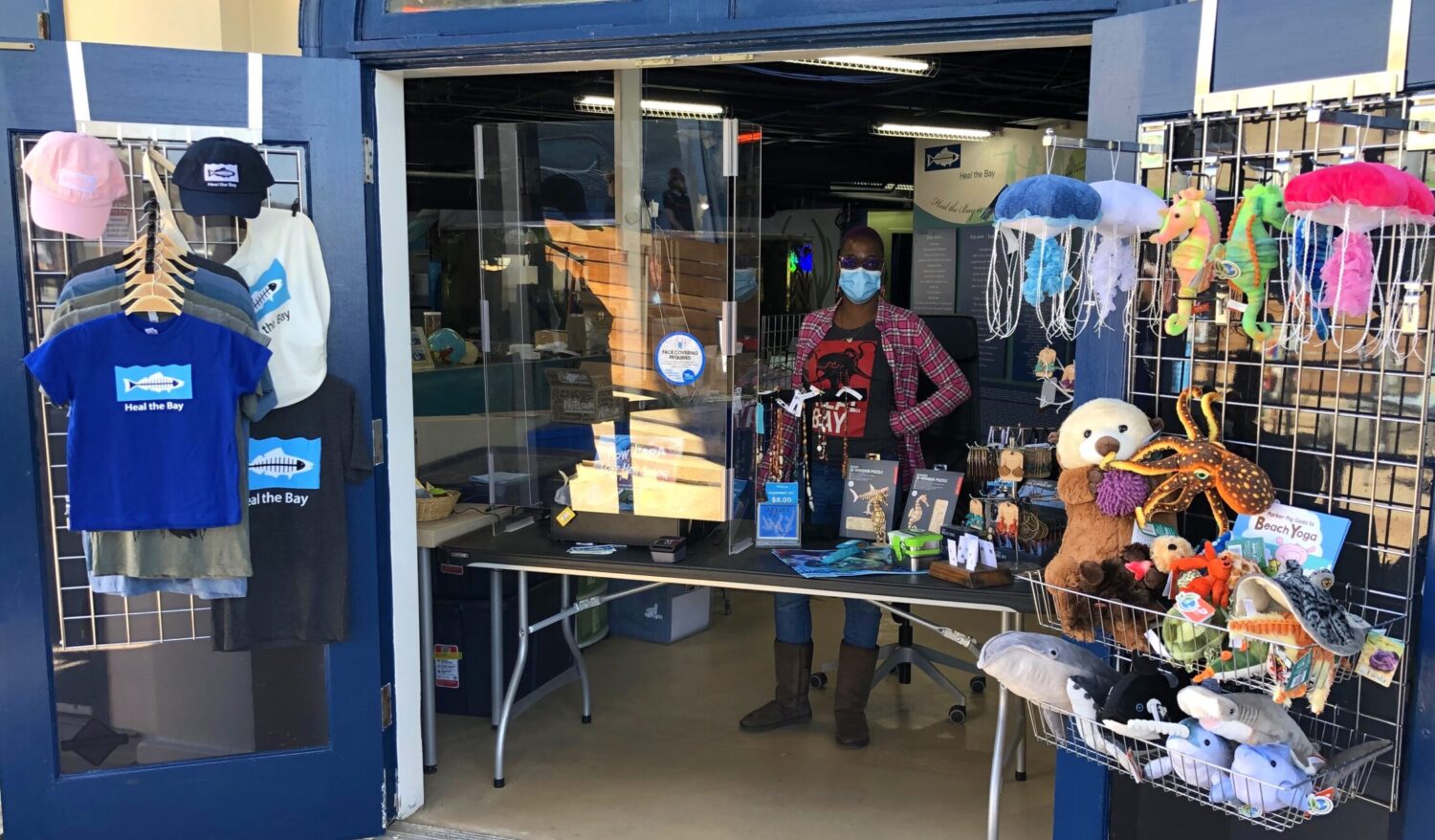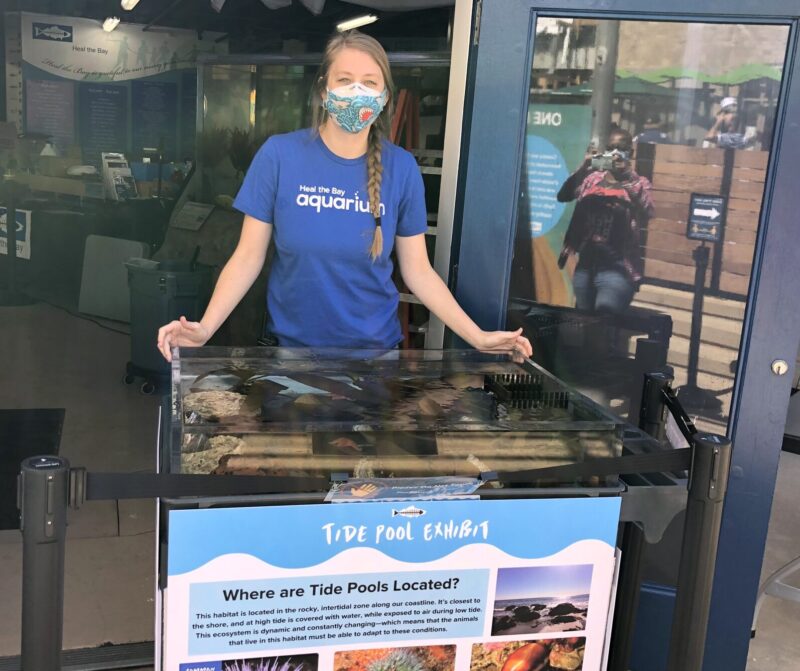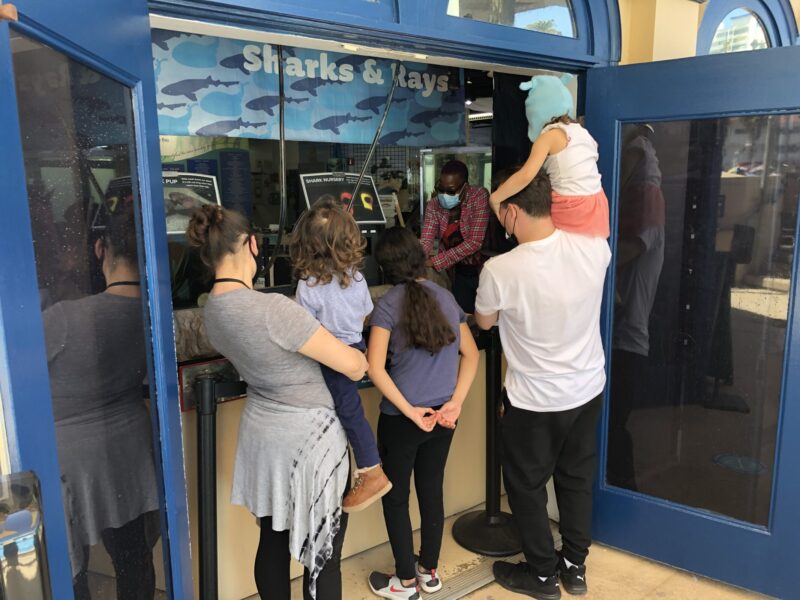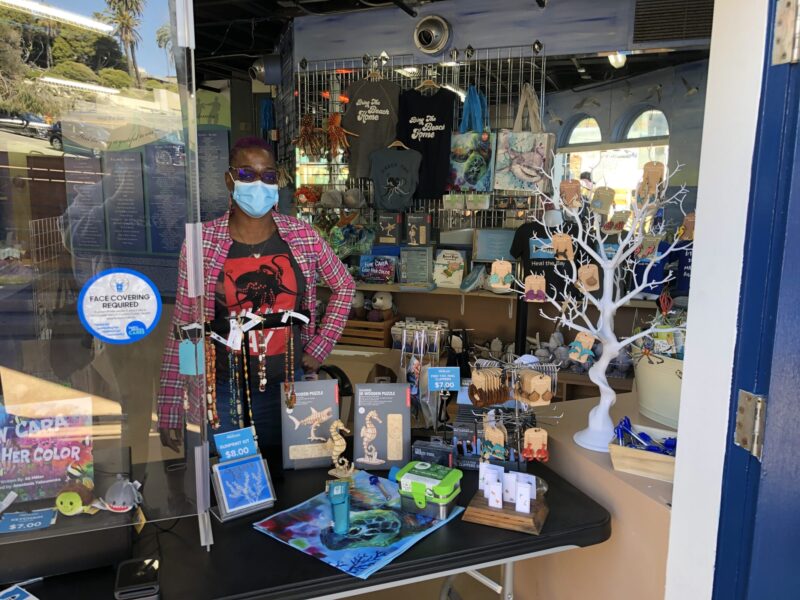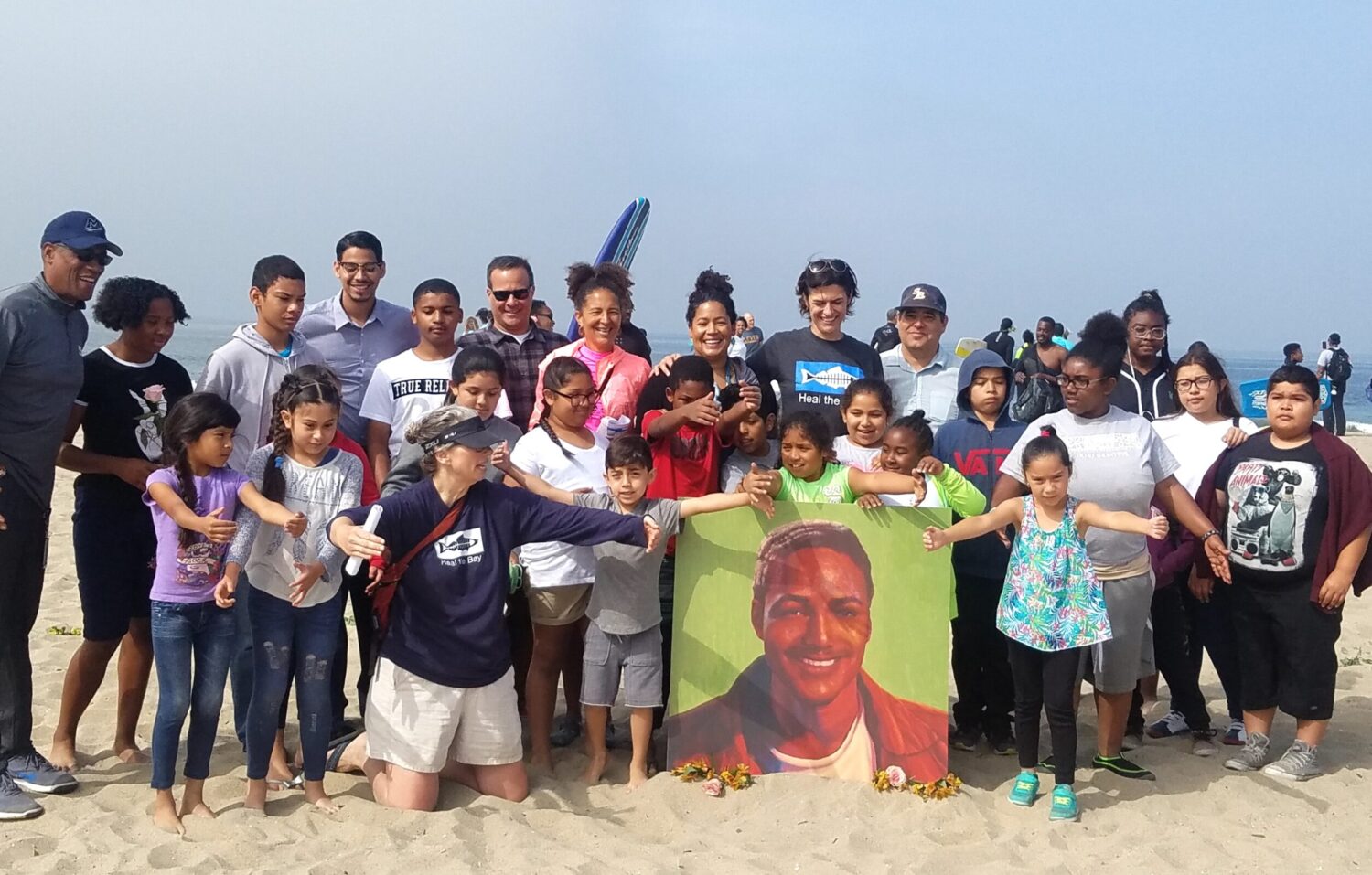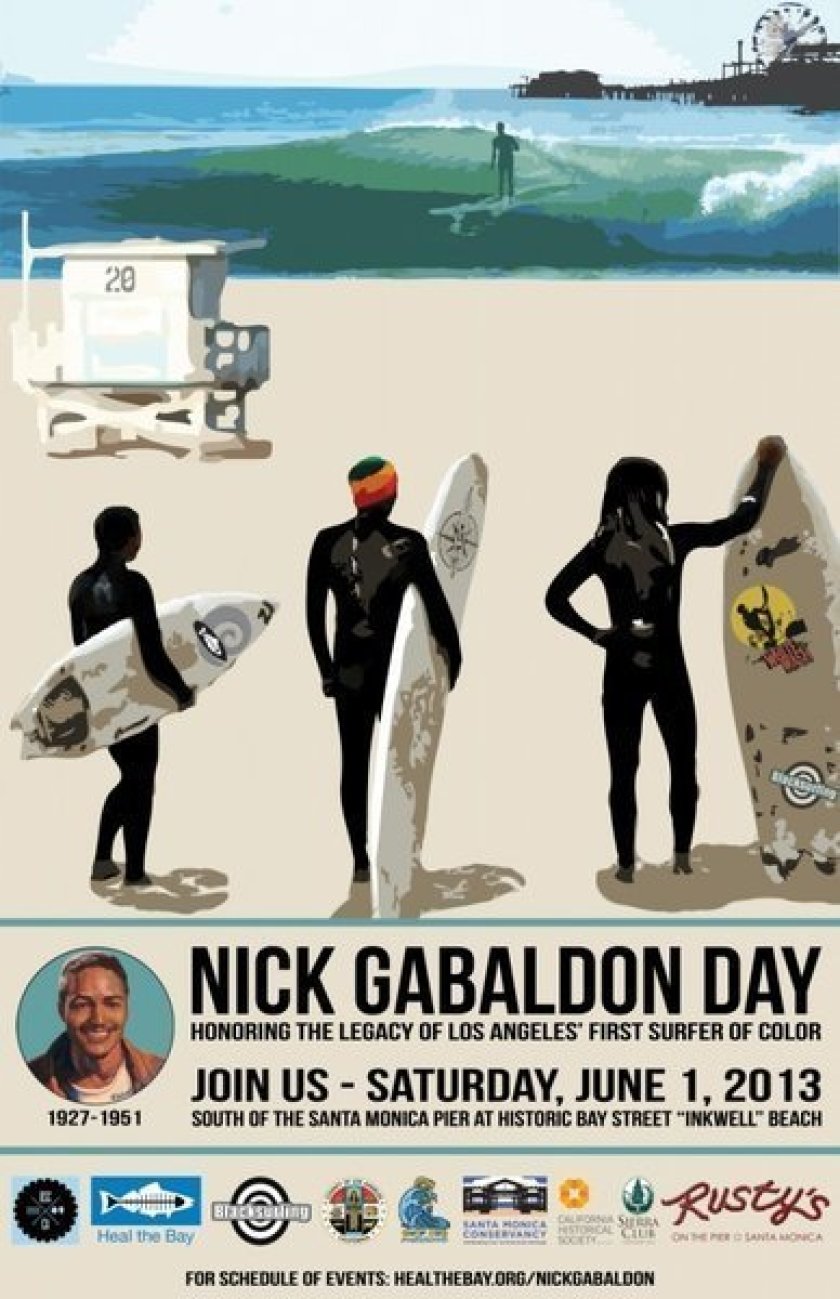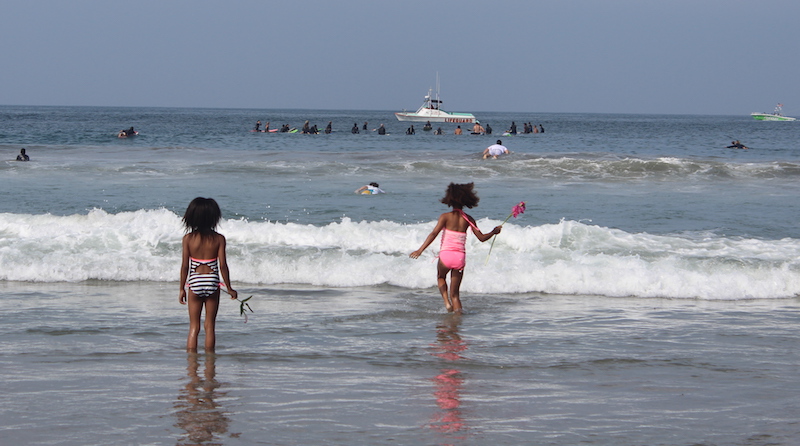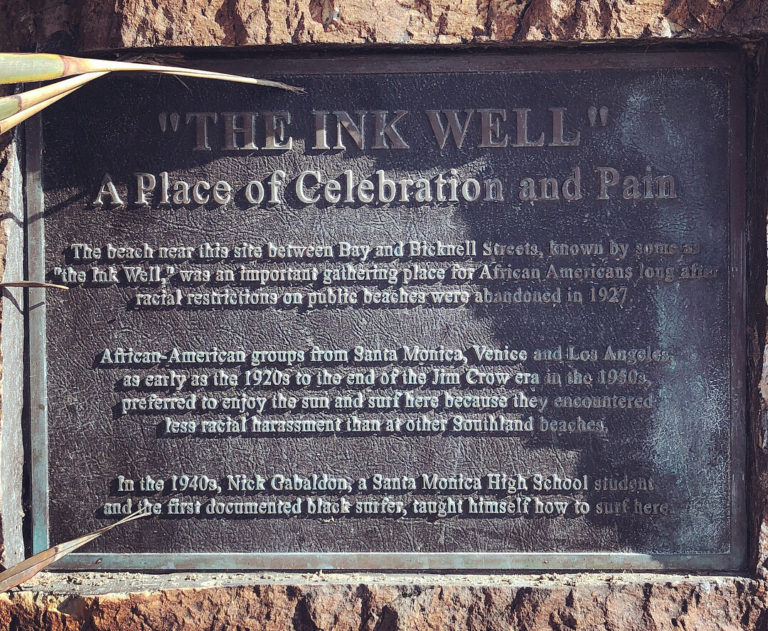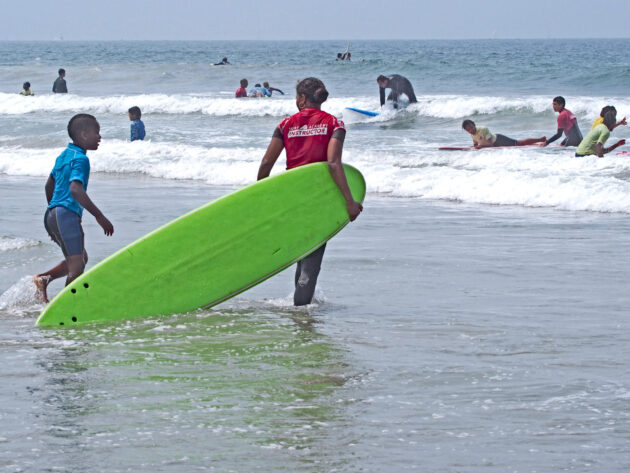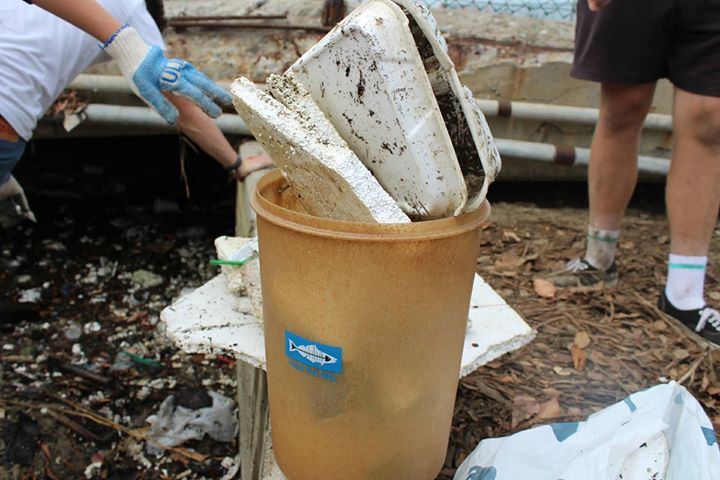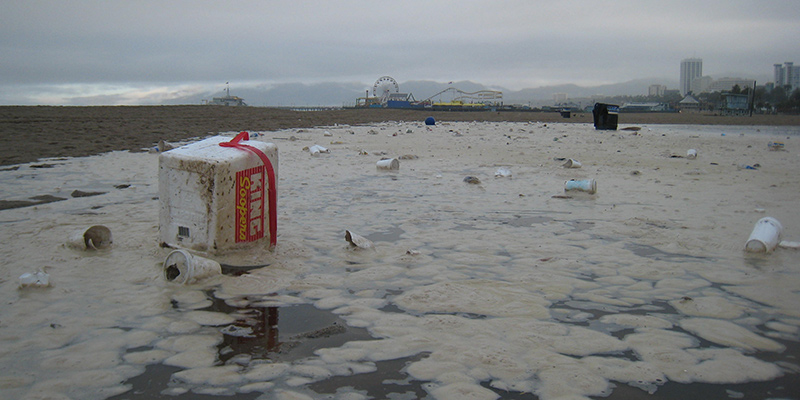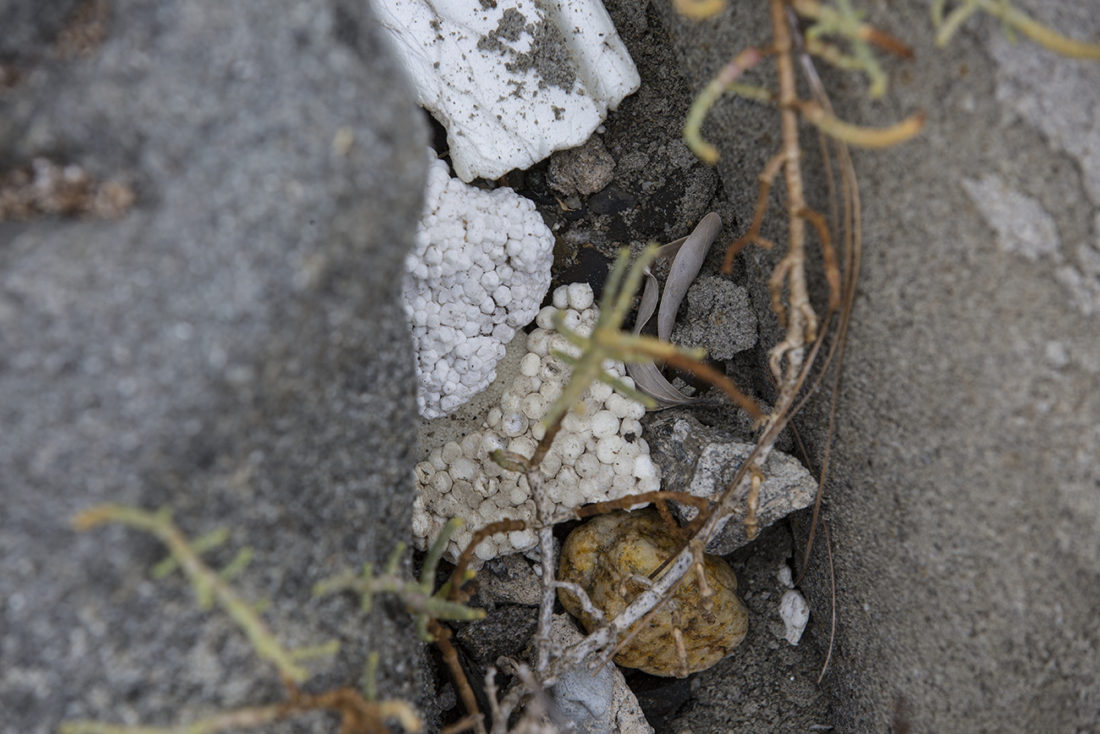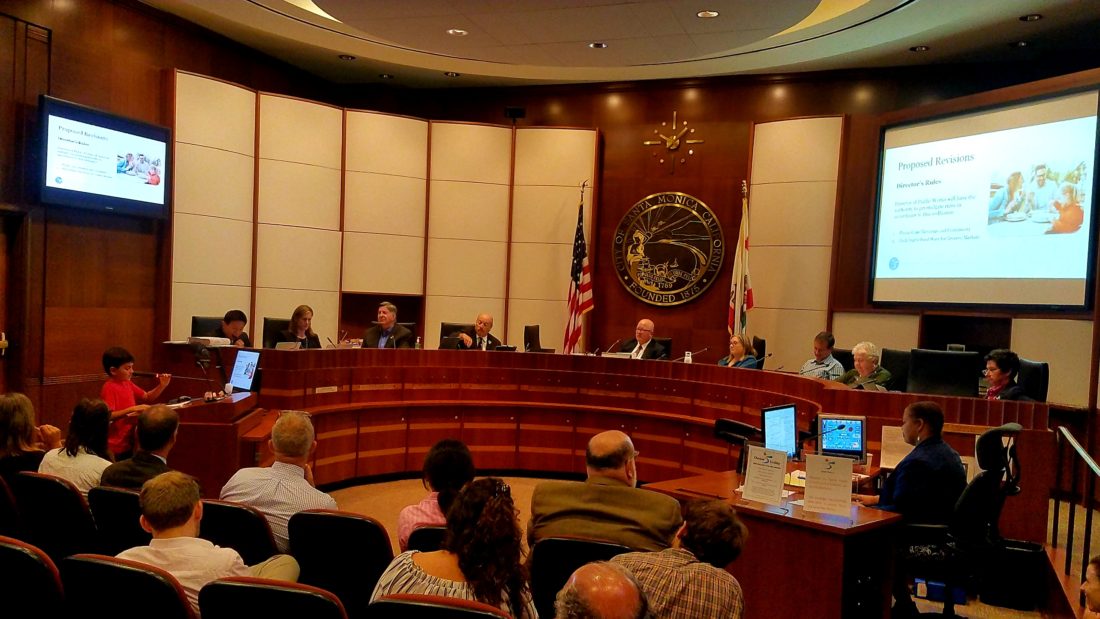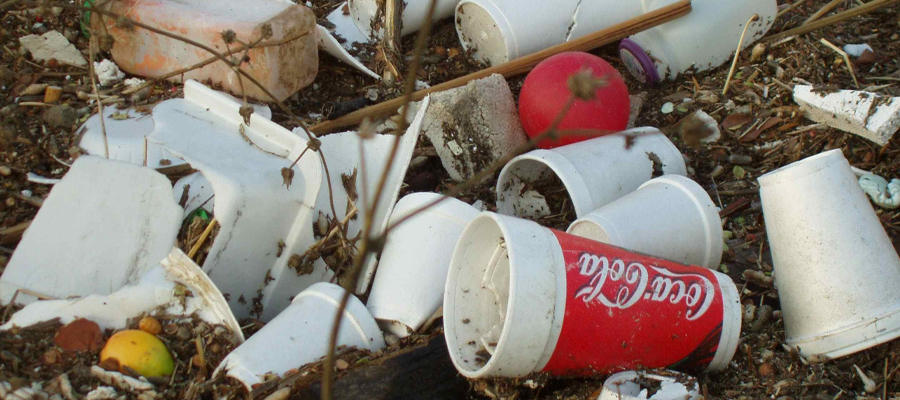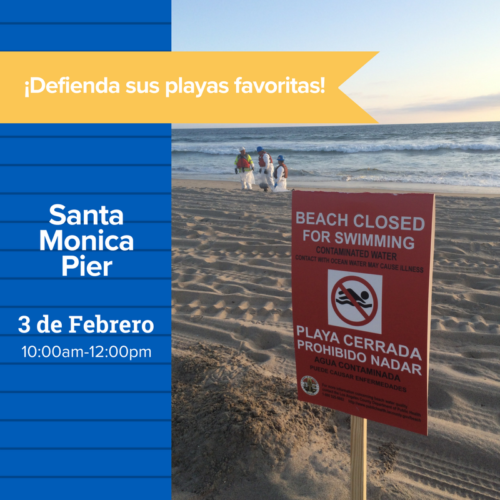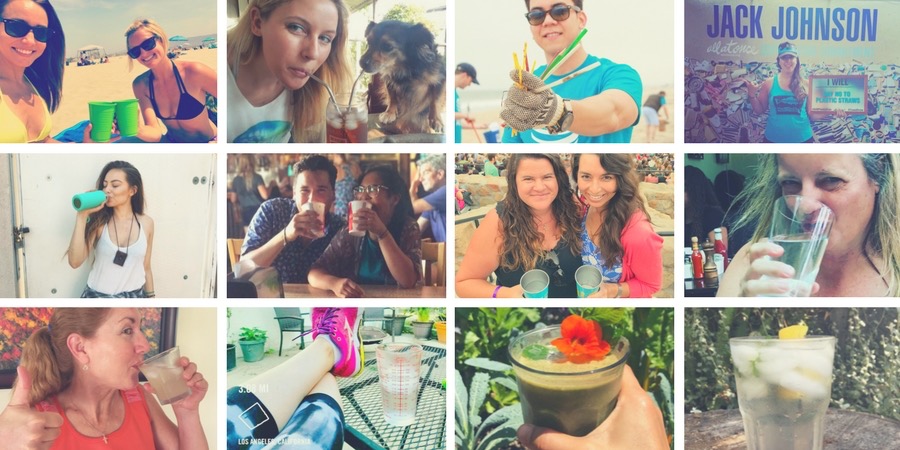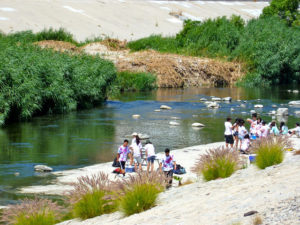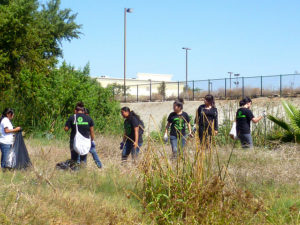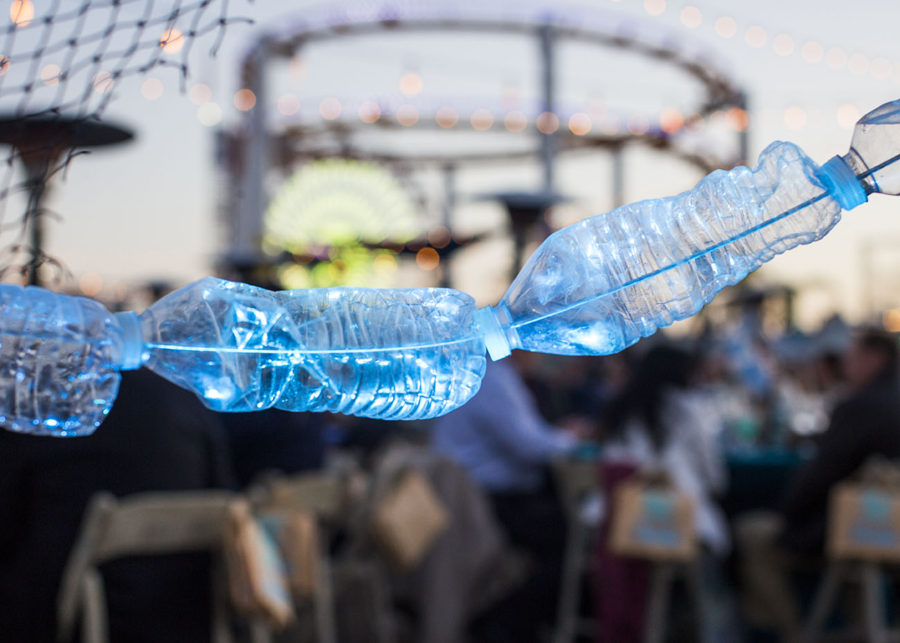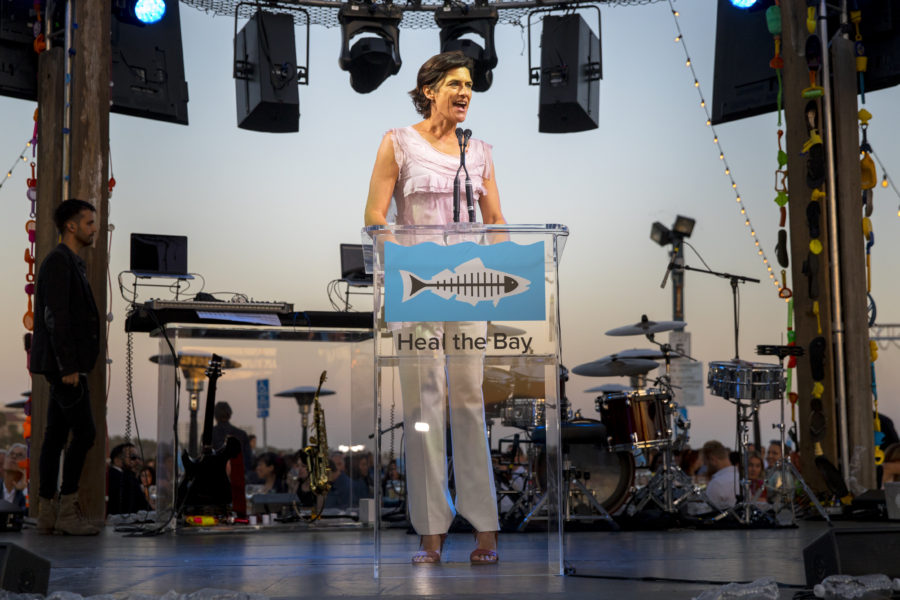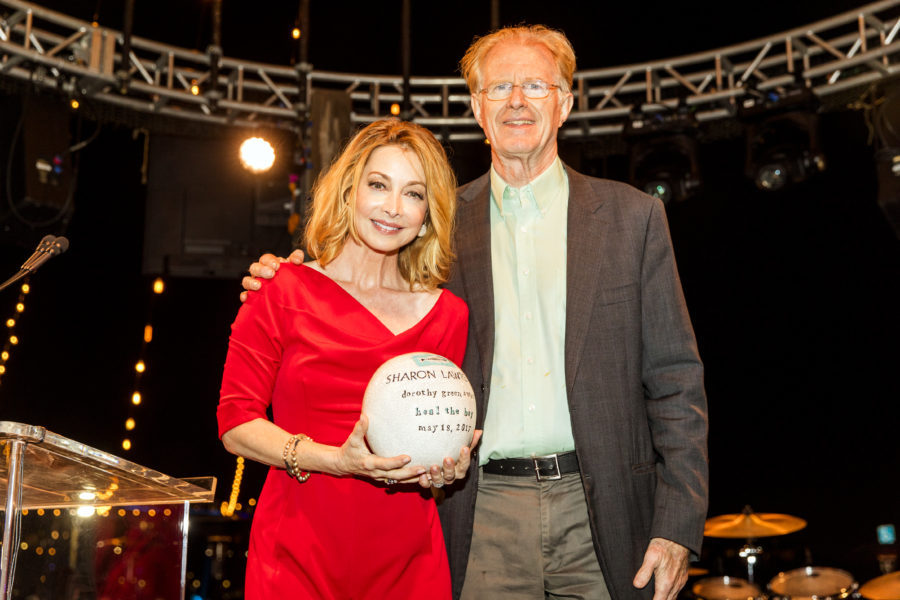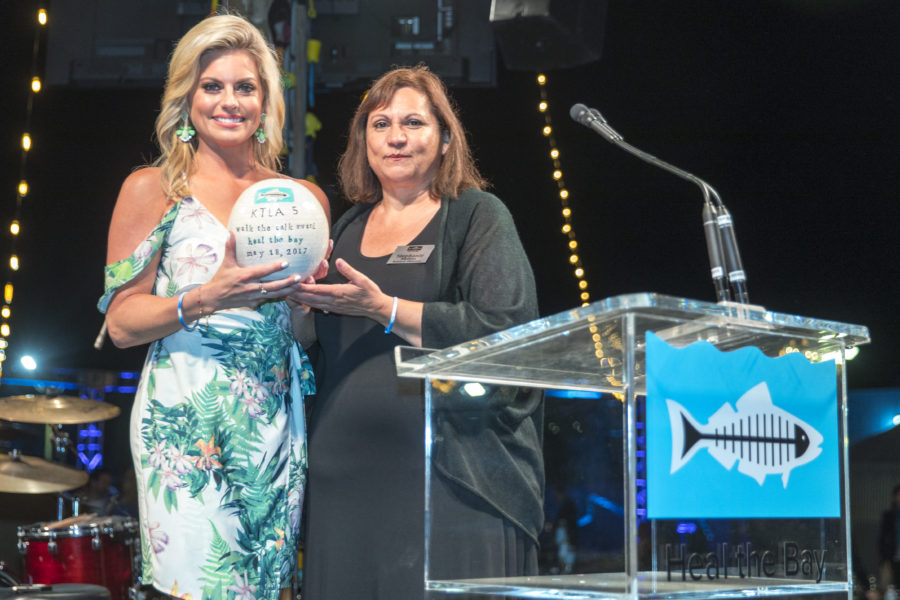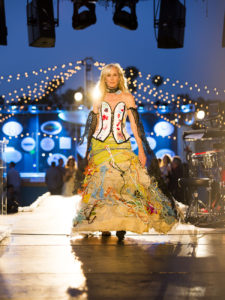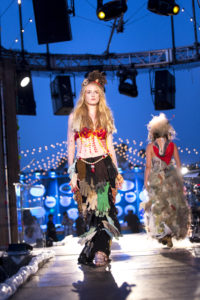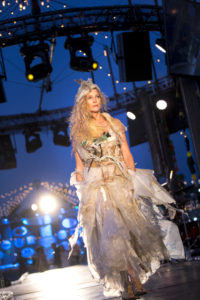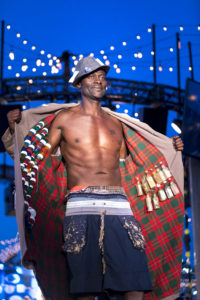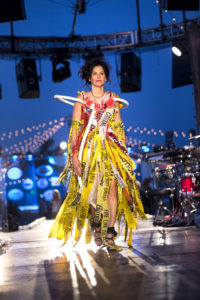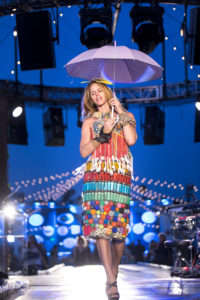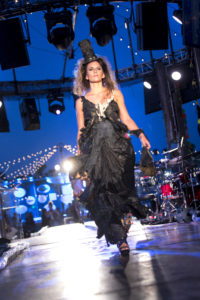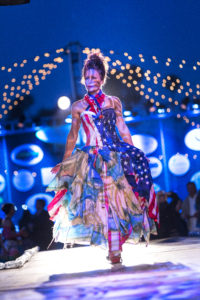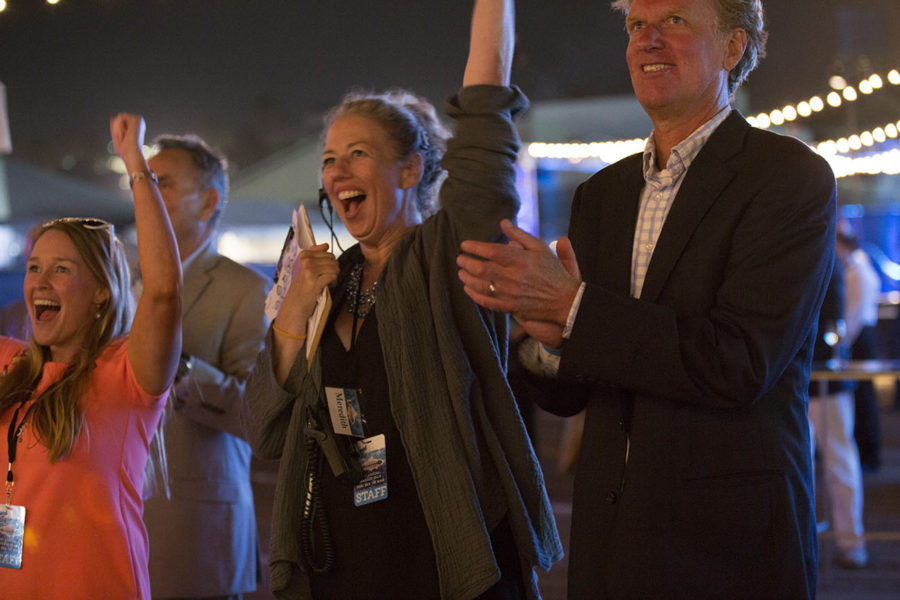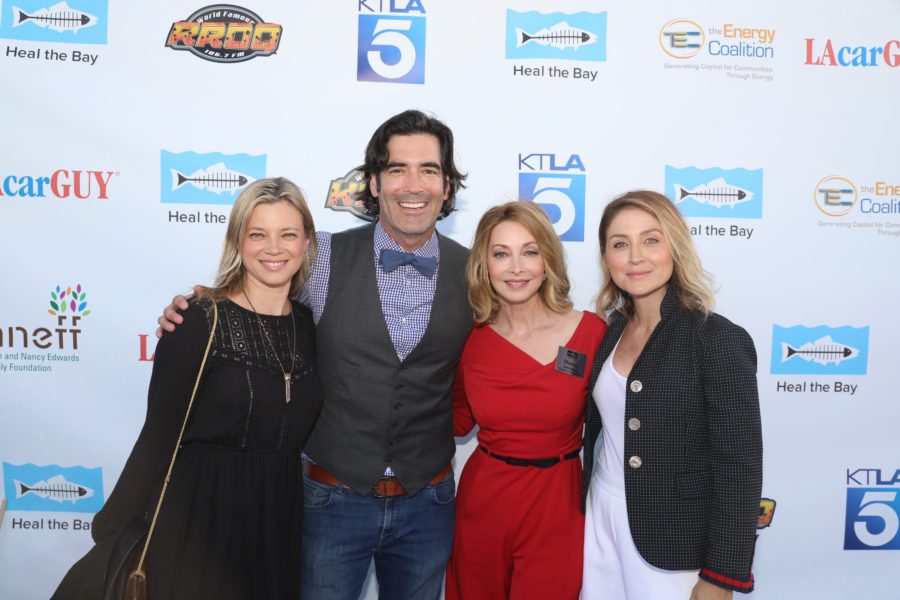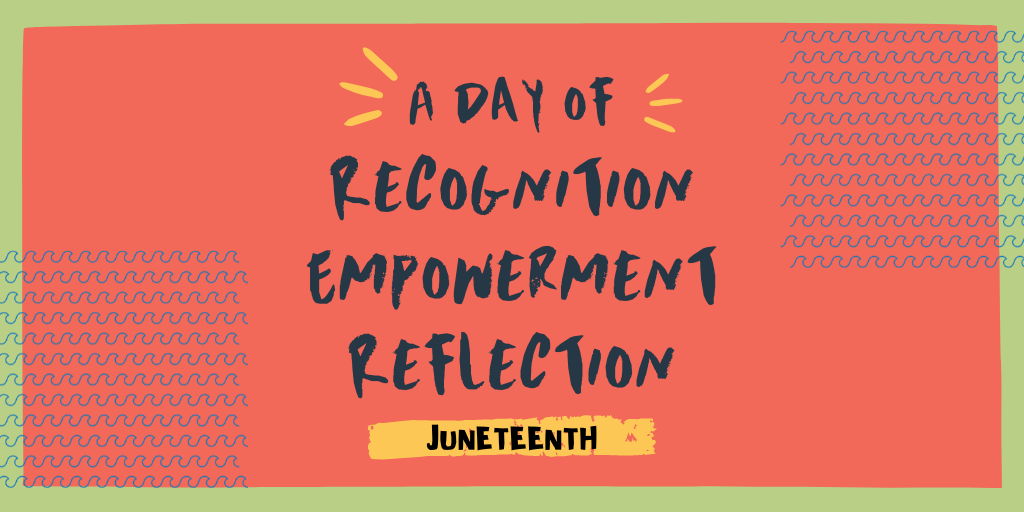
Juneteenth commemorates the promise of freedom and recognizes the achievements of African American and Black people, while truthfully acknowledging and reflecting on the time in American history when enslaved people were freed nationwide. Take part in a Juneteenth activity near you. Now, let’s learn more about this holiday and its connection to the coast.
The history of Juneteenth
The Emancipation Proclamation issued by President Lincoln went into effect in 1863, but did not instantly free all enslaved people in the United States. Many enslavers withheld information or migrated toward Texas in an effort to thwart the Union army’s enforcement of the Emancipation Proclamation.
On June 19, 1865—two and a half years after Lincoln signed the Emancipation Proclamation—the Union army arrived in Galveston, Texas and issued an order proclaiming the emancipation of enslaved people there. This date reflects one of the final phases of official emancipation of enslaved people in the United States. The year after, Black people in Texas organized the first “Jubilee Day” aka “Emancipation Day” on June 19. The observance of June 19 as Juneteenth (a blending of “June” and “Nineteenth”) is now a tradition that has spread across the United States and world.
Historically, the Juneteenth holiday has been observed through community festivals, concerts, picnics, fishing, outdoor sports, prayer services, family gatherings, and more activities. Texas was the first state to officially observe the holiday in 1980. As of 2021, 47 states and the District of Columbia officially recognize Juneteenth as a state holiday or day of observance; and, there is a big push to make it a national holiday.1,2,3
The legacy of slavery on the coast
The legacy of slavery pervaded long after the 13th amendment was ratified in 1865. Locally, “in the late 1800’s and early 1900’s, Black people were harassed and kicked off of beaches surrounding Santa Monica. Nationwide, practices like redlining – the division and ranking of neighborhoods based on race and socioeconomic status – prevented people in low-income communities and communities of color from buying homes, properties, or establishing businesses along the coast. On top of that, Black communities were subject to additional discriminatory and unjust rent practices. The impact of these racist and discriminatory policies is clear today, as the demographic of those who live on and near the coast is primarily wealthy and white. Now, gentrification continues to cause the displacement of low-income communities and communities of color that live near the coast, parks, greenspace, and the LA River – and Black people still face harassment while trying to enjoy nature.“4
Honor Juneteenth
Here are events honoring Juneteenth on June 19, 2021 in Santa Monica, California.
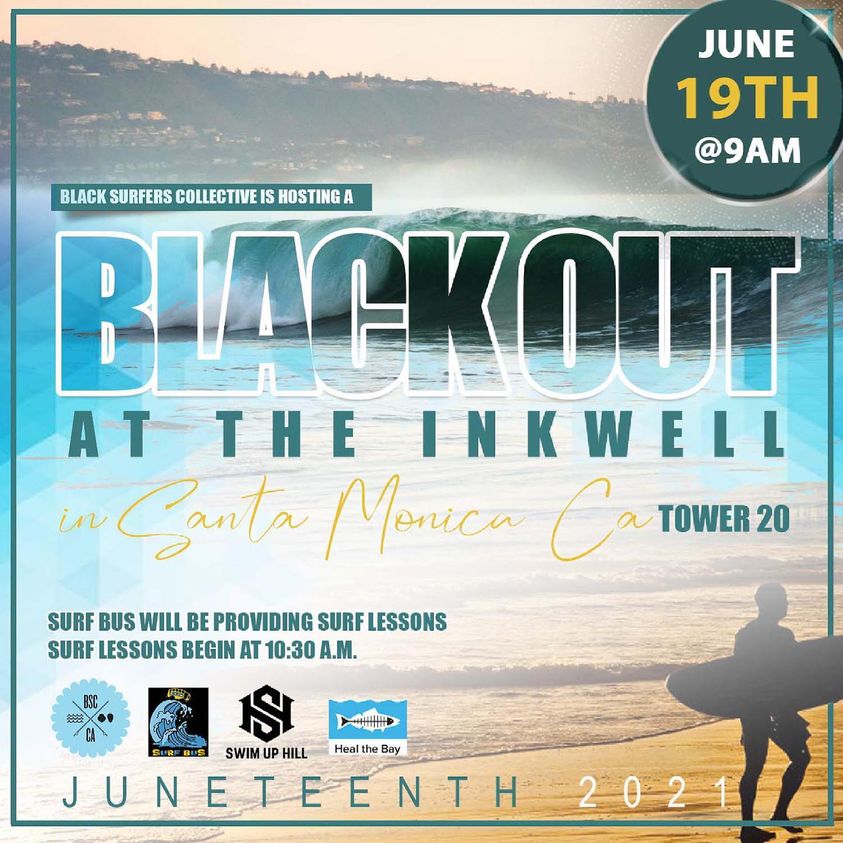
Black Out at Bay Street with Black Surfers Collective
Saturday, June 19, 2021
9am-Noon
Free & Outdoors at Bay Street beach
Santa Monica, California
Share some stoke. Share some love. Black Surfers Collective is hosting a Black Out at Bay Street on Juneteenth. Join the gathering to eat, laugh, tell stories, catch a few waves and celebrate fellowship. While our annual Nick Gabaldón Day celebration is postponed to October 9, 2021, we’ll be honoring Juneteenth with this informal, relaxing beach day at Nick Gabaldón’s home break in Santa Monica. Nick Gabaldón (1927-1951) was a pioneering surfer of African American and Mexican American descent. He was a Santa Monica local and the first documented surfer of color in the Santa Monica Bay.
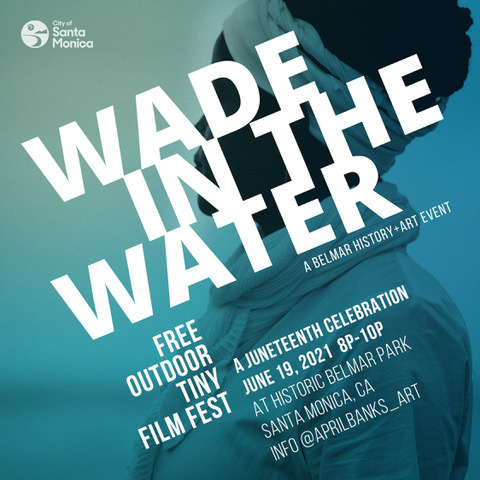
Wade in the Water: A Tiny Film Fest
Saturday, June 19, 2021
8pm-10pm
Free & Outdoors at Historic Belmar Park
Santa Monica, CA
Wade in the Water: A Tiny Film Fest on Juneteenth features the premiere of BELONGING, a Belmar History + Art site-specific film honoring early African Americans in Santa Monica. This in-person outdoor screening of short films celebrates Black culture and the water. From spiritual rituals to migration and sports, water is an integral part of how people rejuvenate and restore joy. Before the screening, enjoy food trucks, music by DJ Moni Vargas, and the history panels and sculpture that make up the Belmar History + Art exhibition. At the close of the event, free prizes will be raffled off! Bring your blankets or beach chairs for lounging on the field. Limited seating will be provided for accessibility. Please note: event organizers are following the COVID LA County Health public health and safety guidelines that are in place at the time of the event.
- Field Entrance: On 4th Street between Olympic and Pico Blvds., at 1840 4th Street, Santa Monica CA 90401
- $5 Parking: Civic Center Parking Structure, corner of 4th Street and Olympic Blvd. Santa Monica, CA 90401
- Metro: 8 minute walk from the Downtown Santa Monica Station
The City of Santa Monica’s 29th Annual Juneteenth Event
Saturday, June 19, 2021
Free & Online at 10:30am-Noon
bit.ly/SMJuneteenth
The theme for this year’s virtual 29th Annual Juneteenth event “The Change is Here” is inspired by the famous Sam Cook song that foretold A Change is Gonna Come. It was also developed as a response to the outpouring of calls for change locally and nationally toward a more equitable society. Similarly, Santa Monica’s Juneteenth event has been a voice of change within the community since 1992 thanks to the leadership of LaVerne Ross, whose family had been recognizing Juneteenth in Texas before she and her family relocated to Santa Monica in the 1950s.
The program’s Master of Ceremonies will be spoken word artist Sean Raymond Hill and the presentation will include:
- Traditional opening drum call performed by Chazz Ross and dancer Teresa Smith
- A selection of classic and original soul and blues pieces performed by Harold Wherry and the Blue Breeze Band
- Gospel favorites performed by Kaleo & the Voice of One Singers featuring Dr. Henry Jackson
- The annual presentation by Mayor Himmelrich of the Juneteenth Proclamation to LaVerne Ross founder and visionary of the Juneteenth event in Santa Monica
More information about this free community event online event at www.smgov.net/vapark, Virginia Avenue Park’s Facebook page (vapark), by emailing vap@smgov.net or by calling 310-458-8688.
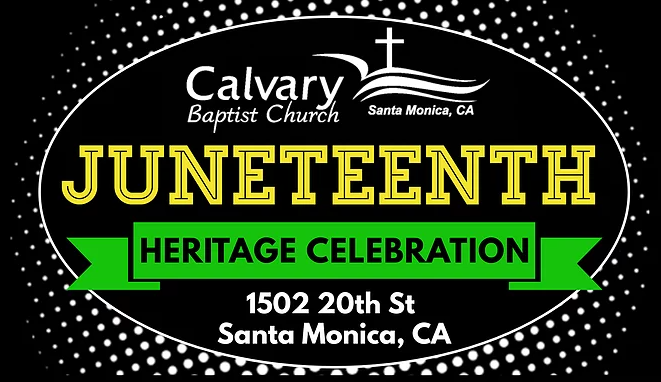
Juneteenth Heritage Event
Saturday, June 19, 2021
11am-3pm
Free & Outdoors at Calvary Baptist Church
1502 20th Street
Santa Monica, CA 90404
The grounds of the oldest African-American Baptist church in Santa Monica will be transformed into a place centered around African American heritage, achievement, equity, joy, and culture.
Free Admission to Heal the Bay Aquarium in honor of Juneteenth
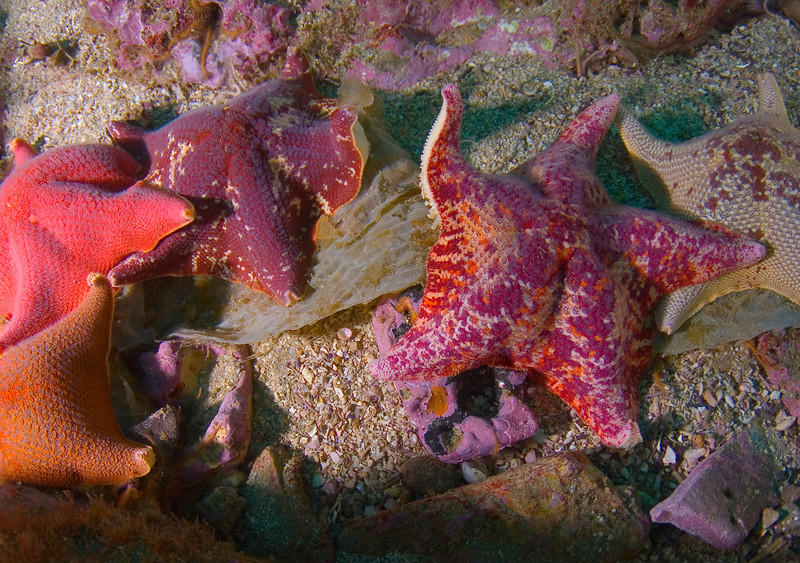
Saturday, June 19, 2021
12pm-4pm
Free & Indoors/Outdoors at Heal the Bay Aquarium
1600 Ocean Front Walk
Santa Monica, California
In collaboration with Black Surfers Collective and the City of Santa Monica, Heal the Bay is honoring Juneteenth by opening our doors to the inside of Heal the Bay Aquarium free of charge from Noon to 4:00pm on Saturday, June 19. We’re offering free admission to Heal the Bay Aquarium in honor of Juneteenth to provide space and opportunities for education and enjoyment at the Santa Monica Pier.
Sources:
- https://www.history.com/news/what-is-juneteenth
- https://blacklivesmatter.com/make-juneteenth-a-national-holiday/
- https://www.diversitybestpractices.com/what-companies-are-doing-to-honor-juneteenth
- https://healthebay.org/equality-equity-justice/



